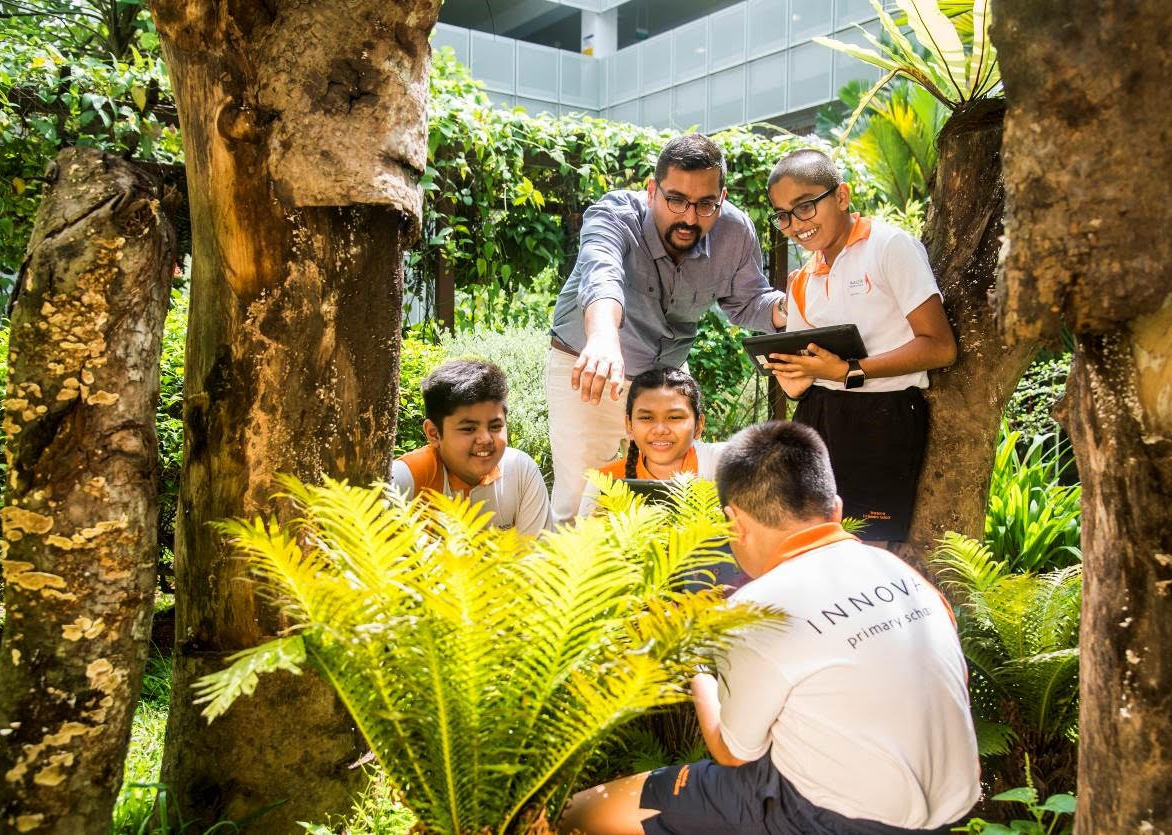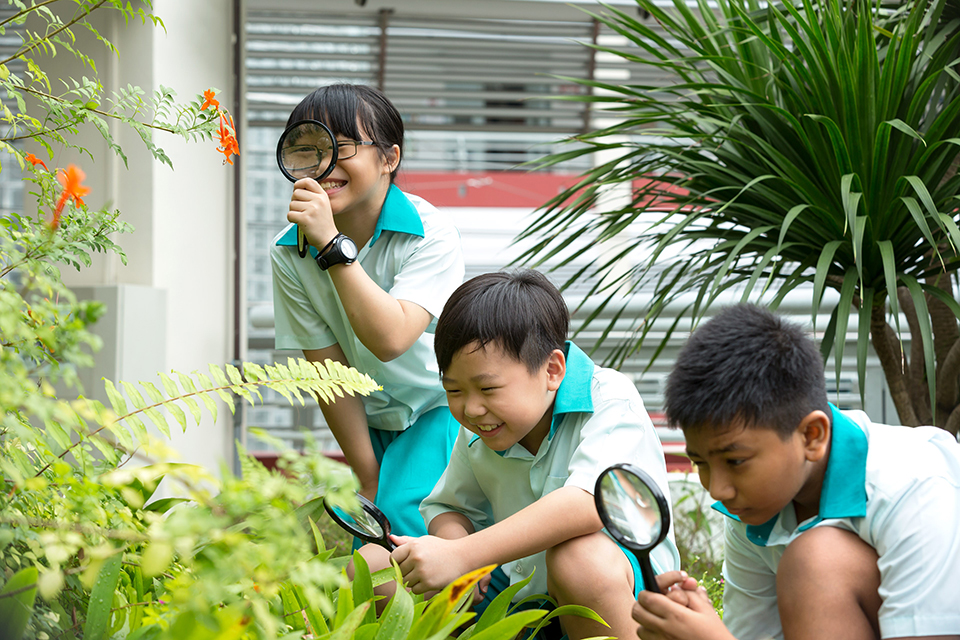Every year, Dr Lim Tit Meng, Chief Executive at Science Centre Singapore, comes across thousands of scientific queries – from young children to adult students, from teachers to scientists. Some easily answered through a Google search, some quite tricky to tackle.
Whichever the case, Dr Lim, who is also Associate Professor of the Department of Biological Science at the National University of Singapore, believes that any science question can be explained in a way that makes the subject matter fun, perhaps even funny.
But don’t just take our word for it. Read his deadpan answers to burning questions we’ve been wondering about.
Question: If you’re afraid of the dark, can you still watch a movie in the cinema?
Dr Lim: When you suffer from the fear of darkness, the condition is called nyctophobia — a term derived from the Greek word ‘nyctus’, meaning night. You conjure up frightful images once the lights are off, or when darkness falls.
If you are afraid of the dark, you can still watch a movie in the cinema because it is not totally dark in there due to scattered light from the big screen.
You should however try not to go to the cinema alone if you suffer from nyctophobia, so that your fearfulness can be managed with the support of an understanding companion.
Question: Can you 3D print a human eye?
Dr Lim: Yes, and no. Our eye is an organ made of intricate components including the cornea, lens, iris, sclera, conjunctiva, retina and optic nerves.
These components are positioned specifically in relation to one another such that the light carrying an image can be properly channelled through the lens to focus on the retina before conversion into electrical signals that the nerves can transmit to our brain for visual perception.
In other words, yes we can 3D print a realistic looking eye. But no, we cannot 3D print a functional eye because all the parts have to work in a dynamic and biologically compatible relationship that 3D printing cannot achieve.
Question: Where do the colours of butterfly wings come from?
Dr Lim: Butterfly wings have pigments that form yellow, orange, red and black colourations. The pigments absorb different colour spectrums of the light, and what we see are the reflected colours.
Other than chemical colours, butterfly wings also derive their brilliant colourful iridescence from tiny colourless scales stacked on them with varying thickness.
Just like how a glass prism can refract and reveal the rainbow spectrum of white light, the scaly structures allow wavelength interference to refract colours as the angle of view changes.
It is the combination of chemical and structural systems on the butterfly wings that make them so striking.
Question: If everyone stayed home and read books on weekends, will that reduce our carbon footprint?
Dr Lim Global warming is a symptom of climate change associated with the accumulation of greenhouse gases in the atmosphere.
Carbon dioxide is a major greenhouse gas, and the focus of why we need to control carbon emissions and reduce our carbon footprint. That can be achieved if we reduce our food consumption and other energy dependent activities such as heating, cooking and transportation powered by fossil fuel.
So, if everyone stayed home and read books on weekends, theoretically that could reduce carbon footprint – provided we do not turn on air-conditioning, or use unnecessary electric appliances. In addition, we must control our snacking and drinking while reading.






